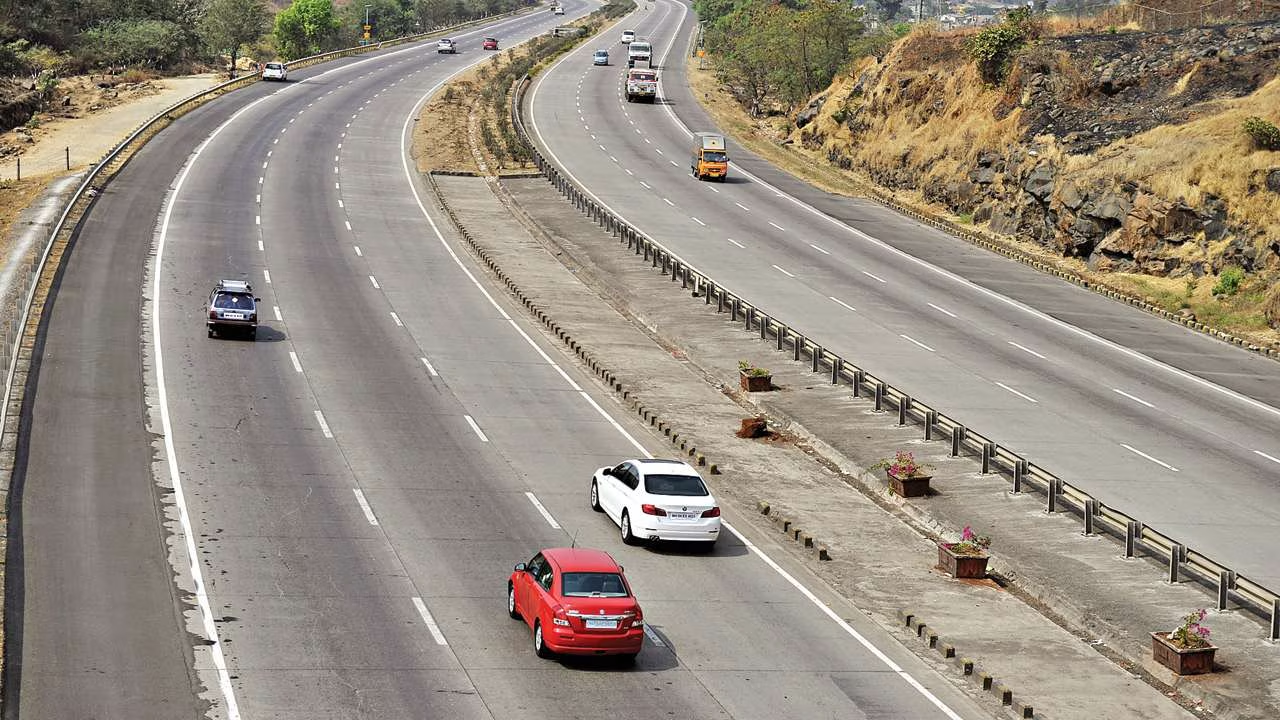The Pune-Mumbai Expressway, one of India’s busiest and most modern highways, has become notorious for frequent accidents, often resulting in severe injuries or fatalities. Despite its design for high-speed travel, the expressway’s safety record raises concerns about road infrastructure, driver behavior, and enforcement of traffic rules. Below is a detailed analysis of the current challenges and actionable steps that can make travel on this crucial expressway safer.
Key Challenges
- Overspeeding and Rash Driving The Pune-Mumbai Expressway, designed for speeds up to 120 km/h, sees frequent violations of speed limits. Drivers often exceed the speed limit, particularly in low-traffic hours, leading to fatal accidents. Overspeeding remains the primary cause of accidents, accounting for over 60% of the mishaps on the expressway.
- Poor Lane Discipline Lane discipline is a significant issue. Many drivers ignore lane markings, particularly at sharp turns and ghat sections, increasing the risk of collisions. Heavy vehicles, including trucks and buses, often move into lanes meant for smaller, faster-moving cars, disrupting traffic flow and increasing accident risks.
- Frequent Heavy Vehicle Accidents A considerable percentage of accidents involve heavy vehicles. The expressway connects two major industrial hubs, resulting in a high number of trucks and trailers using the road. These vehicles often carry heavy loads and struggle to maintain control at high speeds or during sudden stops.
- Lack of Adequate Emergency Services While emergency services like patrol vehicles and ambulances are available, response times remain inadequate. In cases of accidents, delays in medical response often result in fatalities that could have been avoided with quicker intervention.
- Challenging Terrain The expressway traverses hilly terrain, particularly in the Lonavala-Khandala section, where sharp turns and steep inclines pose additional risks. Drivers unfamiliar with these conditions are prone to losing control, particularly during monsoon seasons when the road becomes slippery.
Steps to Make the Expressway Safer
- Installation of Advanced Speed Monitoring Systems The current speed monitoring mechanisms need to be upgraded. Installing advanced automatic speed cameras at strategic points along the expressway, particularly in high-risk zones such as the ghats, could deter overspeeding. Speed violators should face heavy fines or temporary driving bans to enforce discipline.
- Dedicated Lanes for Heavy Vehicles Introducing a stricter lane-discipline enforcement system is crucial. Designating separate lanes for heavy vehicles, particularly in accident-prone sections, and imposing penalties for lane violations would reduce traffic collisions. Clear lane markings and signage should be improved to guide drivers, especially at night.
- Regular Maintenance and Road Quality Checks The expressway is prone to wear and tear due to the heavy traffic load. Regular road maintenance, especially in areas where potholes develop or waterlogging occurs during the monsoon, is necessary. Improved road surfacing could reduce the risk of vehicles skidding in rainy conditions.
- Improved Signage and Safety Barriers The expressway should feature better signage, especially in areas prone to accidents, such as sharp curves or blind spots. Installing additional crash barriers and reflective markings would offer better protection and guidance to drivers during challenging weather conditions, particularly in the hilly regions.
- Real-time Traffic Management Systems Implementing a real-time traffic management system that offers live updates on road conditions, accidents, or potential hazards can improve safety. Drivers can be informed about traffic jams, construction work, or dangerous road sections via mobile alerts or expressway signage, allowing them to adjust their driving accordingly.
- Enhanced Emergency Response Infrastructure Emergency response times need significant improvement. Establishing more well-equipped trauma centers along the expressway, along with an increase in patrol vehicles and ambulances, could reduce fatalities. Strategically placing emergency teams at key locations can ensure quicker responses.
- Public Awareness and Driver Education Campaigns The expressway attracts a large number of drivers unfamiliar with its high-speed conditions. Launching a comprehensive driver education campaign focused on safe driving practices, such as maintaining proper speed limits, respecting lane discipline, and adhering to emergency procedures, is vital. These campaigns could be targeted specifically at truck drivers and commercial vehicle operators, who are often involved in accidents.
- Seasonal Precautions During Monsoons The monsoon season has historically seen a rise in accidents on the expressway due to poor visibility and slippery roads. Temporary speed limits during heavy rainfall, regular cleaning of drains to avoid waterlogging, and enhanced visibility through better road reflectors could help reduce accidents during these months.
Conclusion
The Pune-Mumbai Expressway is a lifeline for travel and trade between two of Maharashtra’s major cities, but its safety concerns need urgent attention. By addressing key issues such as overspeeding, lane discipline, and emergency response, along with introducing modern traffic management technologies, the safety and efficiency of the expressway can be greatly improved. Implementing these measures will not only save lives but also make road travel smoother and more reliable for millions of users.





